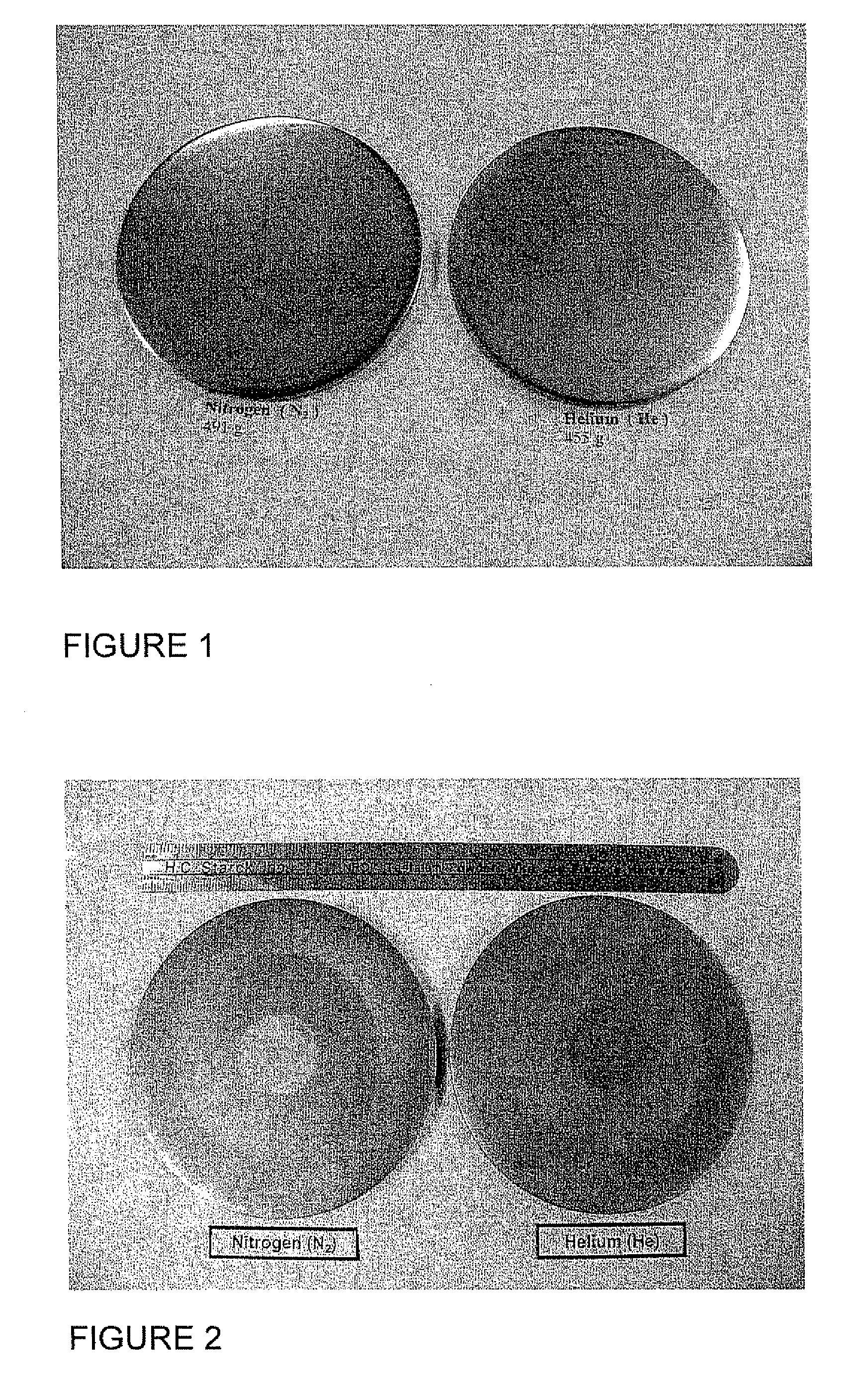Fine Grained, Non Banded, Refractory Metal Sputtering Targets with a Uniformly Random Crystallographic Orientation, Method for Making Such Film, and Thin Film Based Devices and Products Made Therefrom
a refractory metal and crystallographic orientation technology, applied in the field of fine grained, non-banded, refractory metal sputtering targets with uniformly random crystallographic orientation, and the method of making such films, can solve the problems of large grain size, extremely large grain size, and difficult to achieve tantalum (ta)_and niobium (nb) targets, etc., to achieve cost-effective
- Summary
- Abstract
- Description
- Claims
- Application Information
AI Technical Summary
Benefits of technology
Problems solved by technology
Method used
Image
Examples
example 2
Tubular Tantalum Target Preforms Fabrication and Microstructural Analysis
[0175]Tubular tantalum performs (see FIG. 5) were fabricated using the same operational parameters of example 1. Samples were cut from the preforms and annealed at different temperatures. Then metallographic mounts were prepared and microstructural analysis performed on the as sprayed and annealed specimens. A summary of the properties is shown in Table 2. All samples came from a perform that used a powder having a starting median size of 15.9 microns (particle count based distribution) and approximately 26 microns (mass based distribution)
TABLE 2Summary of microstructural properties of cold sprayed tantalum, as sprayed andwith a subsequent anneal.AnnealedAnnealedAnnealedHIP'dConditionAs Deposited942 C.1150 C.1450 C.1300 C.Powder size (m)15.915.915.915.915.9Grain Size (m)12126.710.65.5Grain ShapeElongatedElongatedEquiaxedEquiaxedEquiaxedRecrystallizedNoNoYesYesYesCrystallographicRandomRandomRandomRandomRandomOr...
example 3
TaNb Cold-Sprayed Target
[0196]A 50 / 50 w / 0 NbTa rectangular target was cold sprayed directly upon a copper backing plate. FIG. 14 shows the 3mm of bow produced in the Cu plate due to the as sprayed stresses in the deposit. Backing plates must be flat to seal against their mating flanges. The bow cannot be machined out, as the stresses will simply redistribute during machining resulting in continued distortion. The bow can also not be mechanically pressed out since as sprayed Ta, TaNb and cold sprayed deposits in general have very limited ductility (FIG. 15).
[0197]Experiments showed however, that ductility could be greatly improved by annealing. FIG. 16 shows that a Ta deposit, after annealing at 950 C for 1.5 hours could be plastically deformed to take a permanent set. The copper backing plate was removed from the target; the target was then annealed, bent flat and machined.
[0198]What is also apparent, from this example, is that the traditional backing plate materials of copper and a...
example 4
Sputtering of Cold Sprayed NbTa Target
[0200]The pseudo-alloy (the Ta and Nb powders remain chemically distinct) target was placed in a 1 8″×5″ planar magnetron cathode sputterer. Target dimensions were 4″×17″×approx. 0.125″.
[0201]Three tests were conducted: straight metal deposition, oxide deposition and nitride deposition. The conditions used and results obtained are described below.
[0202]Straight Metal Deposition
[0203]Sputtering was conducted using argon gas at 100 sccm with a sputtering pressure of 1.0×1 0-3 torr (base pressure 4×10-5 torr), 5.0 kilowatts, 550 volts, roughly 73 watts / in2. Target sputtered very nicely right from the beginning. No arcing, no real “burn in” time needed for stability.
[0204]A final film thickness of 1401 angstroms was deposited on a glass slide (as measured by a Dektak 2A microprofilometer). This is a rate of 1 angstrom / (watt / in2) / second of deposition time, slightly higher than the individual rates for Nb and Ta. Film resistance of 3.7 ohm / sq. (as mea...
PUM
| Property | Measurement | Unit |
|---|---|---|
| grain size | aaaaa | aaaaa |
| grain size | aaaaa | aaaaa |
| grain size | aaaaa | aaaaa |
Abstract
Description
Claims
Application Information
 Login to View More
Login to View More - R&D
- Intellectual Property
- Life Sciences
- Materials
- Tech Scout
- Unparalleled Data Quality
- Higher Quality Content
- 60% Fewer Hallucinations
Browse by: Latest US Patents, China's latest patents, Technical Efficacy Thesaurus, Application Domain, Technology Topic, Popular Technical Reports.
© 2025 PatSnap. All rights reserved.Legal|Privacy policy|Modern Slavery Act Transparency Statement|Sitemap|About US| Contact US: help@patsnap.com



